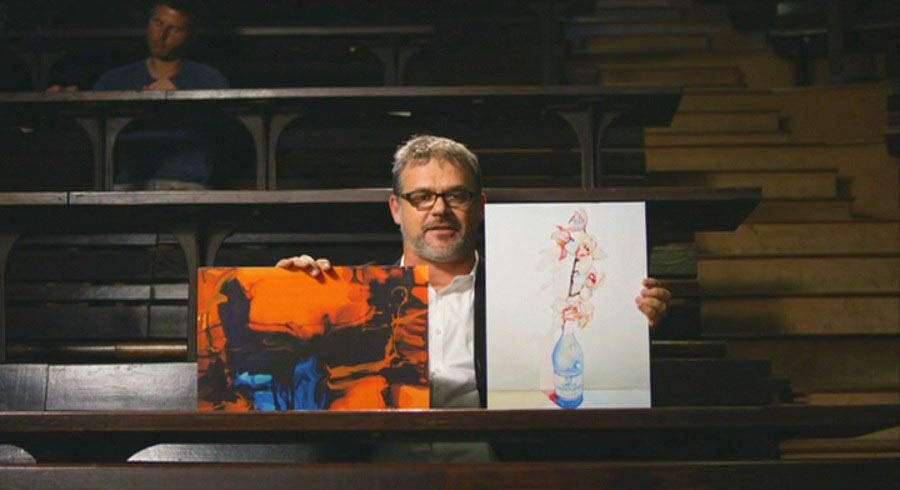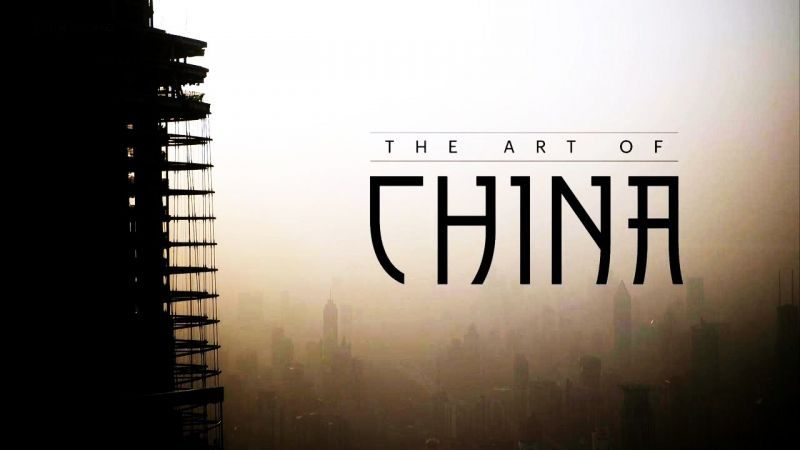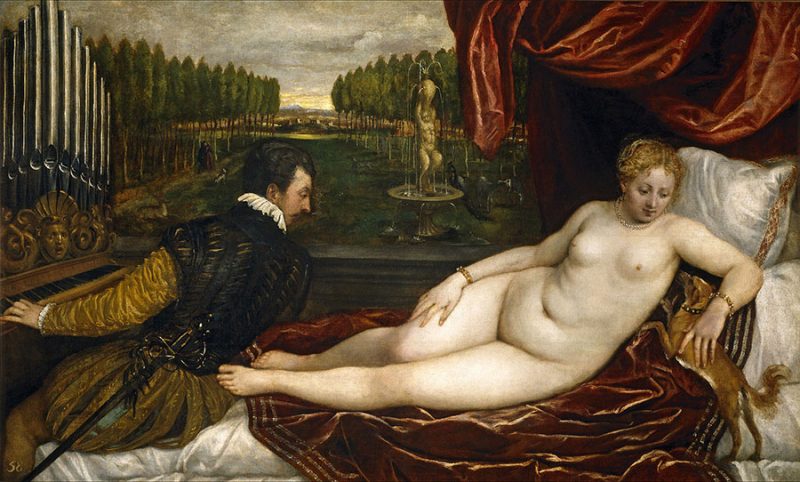The A to Z of Contemporary Art: A guide to the brilliant and often baffling world of art, this illuminating program works alphabetically through the complex A-Z of contemporary arts, from Artists, Artspeak and Biennales to Theory, Video Art, Wine and Zietgeist. Capturing and consolidating a love of art with history, theory and criticism, The A-Z of Contemporary Art offers entertaining insights into the contemporary art world.
The A to Z of Contemporary Art – part 1 – A to K
The A to Z of Contemporary Art – part 2 – L to Z
Contemporary art
Contemporary art is the art of today, produced in the second half of the 20th century or in the 21st century. Contemporary artists work in a globally influenced, culturally diverse, and technologically advancing world. Their art is a dynamic combination of materials, methods, concepts, and subjects that continue the challenging of boundaries that was already well underway in the 20th century.
Diverse and eclectic, contemporary art as a whole is distinguished by the very lack of a uniform, organising principle, ideology, or “-ism”. Contemporary art is part of a cultural dialogue that concerns larger contextual frameworks such as personal and cultural identity, family, community, and nationality. In vernacular English, modern and contemporary are synonyms, resulting in some conflation and confusion of the terms modern art and contemporary art by non-specialists.
The classification of “contemporary art” as a special type of art, rather than a general adjectival phrase, goes back to the beginnings of Modernism in the English-speaking world. In London, the Contemporary Art Society was founded in 1910 by the critic Roger Fry and others, as a private society for buying works of art to place in public museums. A number of other institutions using the term were founded in the 1930s, such as in 1938 the Contemporary Art Society of Adelaide, Australia, and an increasing number after 1945.
Many, like the Institute of Contemporary Art, Boston changed their names from ones using “Modern art” in this period, as Modernism became defined as a historical art movement, and much “modern” art ceased to be “contemporary”. The definition of what is contemporary is naturally always on the move, anchored in the present with a start date that moves forward, and the works the Contemporary Art Society bought in 1910 could no longer be described as contemporary.




